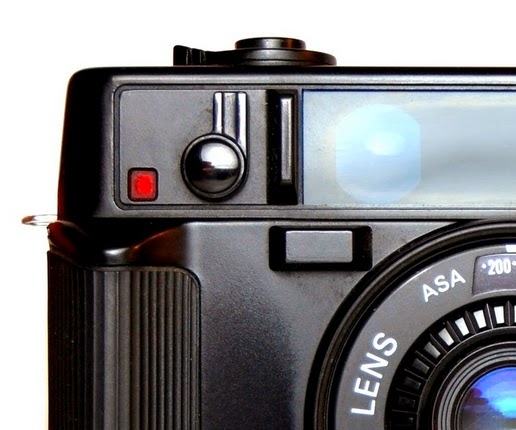Shooting Instax Square on a Burke & James 4x5 Press Camera & 4x5 film holder
I needed to take a break from camera building and all the failure that comes with it. Came down with a cold. And took it easy for a day. Then woke up this morning feeling better.
So I cut out a lensboard from a sheet of masonite and plunked in a Rodenstock-Ysaron 127mm f4.7 into my Burke and James Press camera. It was just time to shooting something.
Impulsively I had bought a box of Instax Square. I say impulsive because I own no camera or holder intended for the film.
In the middle is the Instax Square. On the left is a SX-70 film magazine/pack. The Square is considerably smaller than the Polaroid film.
I had thoughts of runnig the Square through the SX-70 but I tried to use two 3 volt watch batteries to replace the Polapulse batteries. Didn't work.
Instead, I rigged a 4.x5 film holder to take the Instax Square. An aside, I bought the film holders from Phillip Chin, a lover of BIG, BIG large format cameras and WETPLATE fanatic. Really cool materials and practice.
I cut strips from Fuji Instax slides to act as corner holders. After a few failures, I decided to place the corner holders on the right, on the dark slide side.
This allowed me to put the Instax Square sheet flat on the left and slide the film to the right. The vertical strip of darkslide on the right, held by tape, is only meant to help me centre the film.
One of the big concerns is over handling the film. There's a lot of funny business, when you think about it.
1. In a dark bag for all steps, removing the Instax film pack darkslide
2. Ejecting the sheet of film
3. Replacing the dark slide back on the Instax film pack
4. Placing the Instax film pack in a light tight box. I use a Quality Street candy tin
5. Putting and aligning the Instax film into the 4x5 film holder with the dark slide on the right side AND the chemical pack of the Instax film on the bottom (grey side facing you...ok, don't forget that)
6. Exposing the film (obviously not in the dark bag)
7. Running back to the dark bag that now has a Fuji Wide 300 inside it
8. Removing the dark slide, getting the film out by sliding it left (this helps keep the film flat)
9. Passing the film through the rollers of your Instax developer, which in my case is the Fuji Wide 300 camera
What a hassle.
But the images made me quite happy. Overexposed, 50% shooter error, 50% that's the film. What did you expect?







Comments